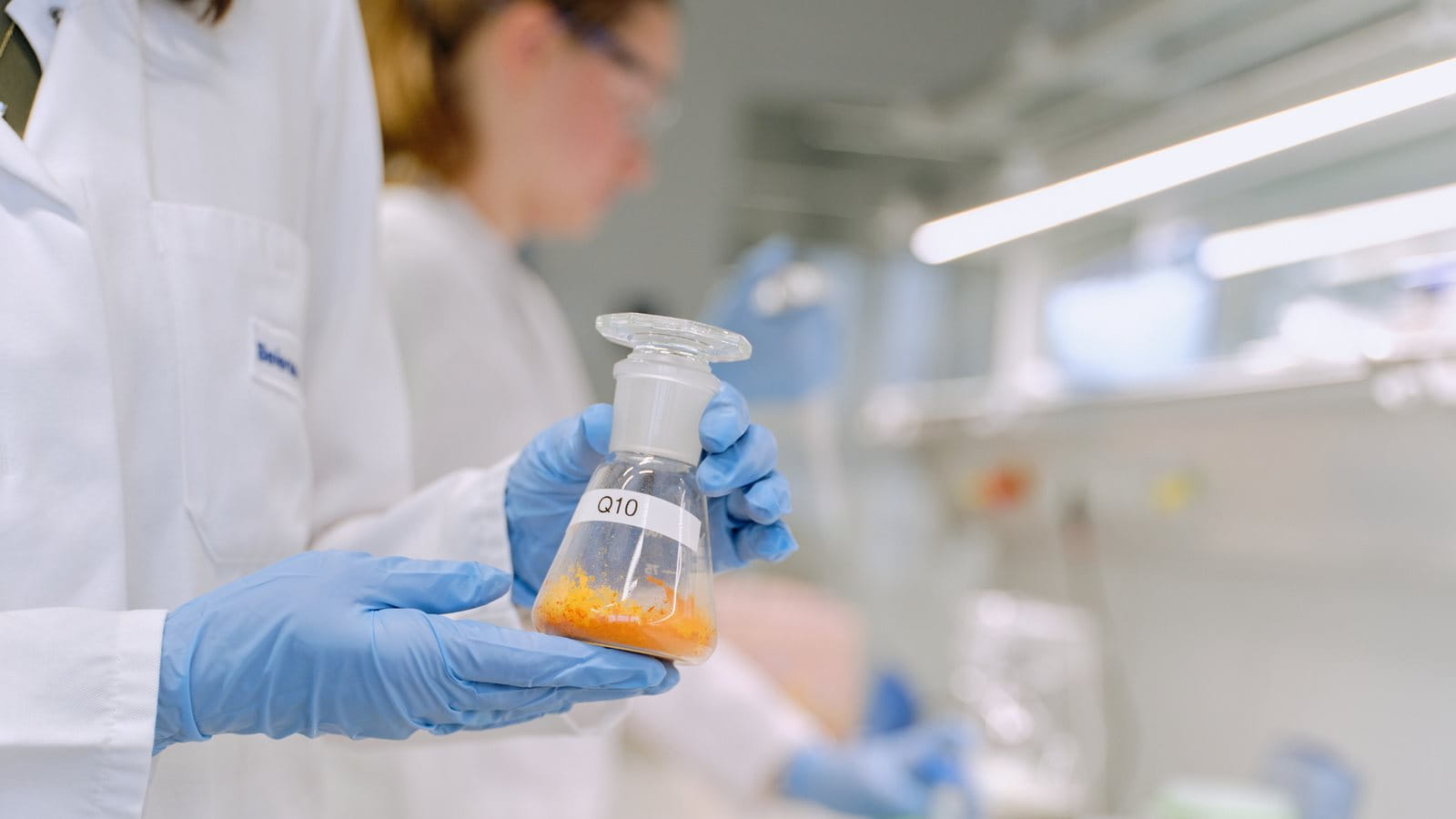Outstanding skin research expertise paved the way for active ingredient cosmetics
Our in-depth understanding of skin and our research expertise set us apart. We have always been driven by our ambition to decipher the complex processes of the skin on the basis of new findings and technologies. In the field of skin aging, our scientists kicked off a unique success story more than 25 years ago with their research on coenzyme Q10 – and have continued to add important insights ever since: Our researchers have been intensively investigating the importance of Q10 for the skin since the early 1990s. They were the first to decipher the importance of Q10 for energy metabolism in human skin and were finally able to make the skin’s own Q10 available as an active ingredient for the skin. With the first Q10 skin care products on the mass market under the NIVEA brand in 1998, this research success by Beiersdorf was the starting signal for a new level of active ingredient cosmetics in the anti-aging segment – to be followed by many more product innovations.
To this day, our researchers are at the forefront of global Q10 skin research. New insights into the vital coenzyme are constantly being deciphered – and with our aim of developing impactful skin care innovations that touch people’s lives, the Q10 range is continually being optimized and expanded.








